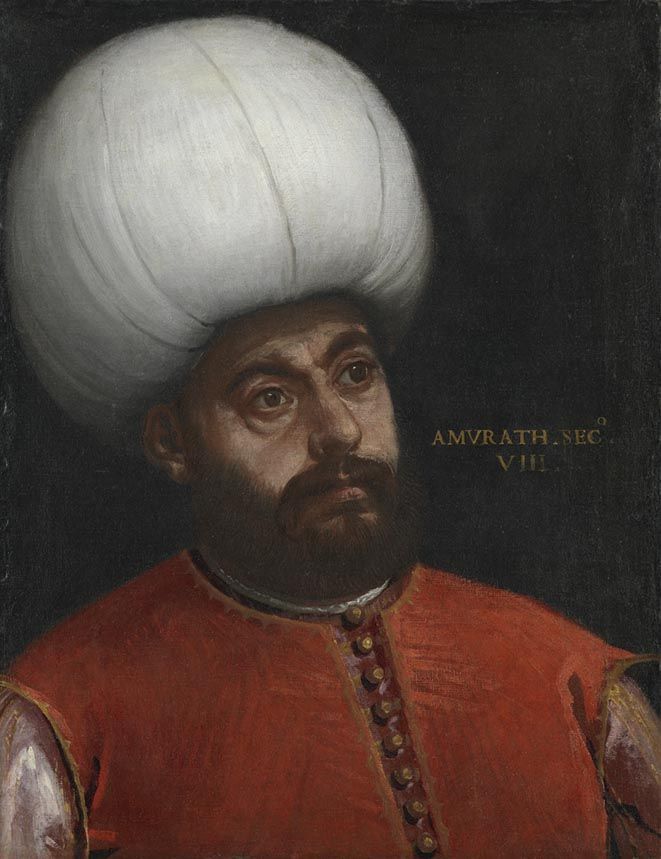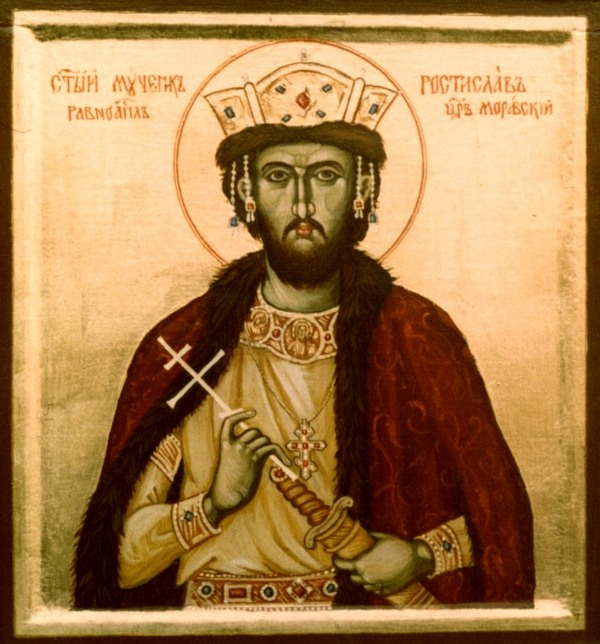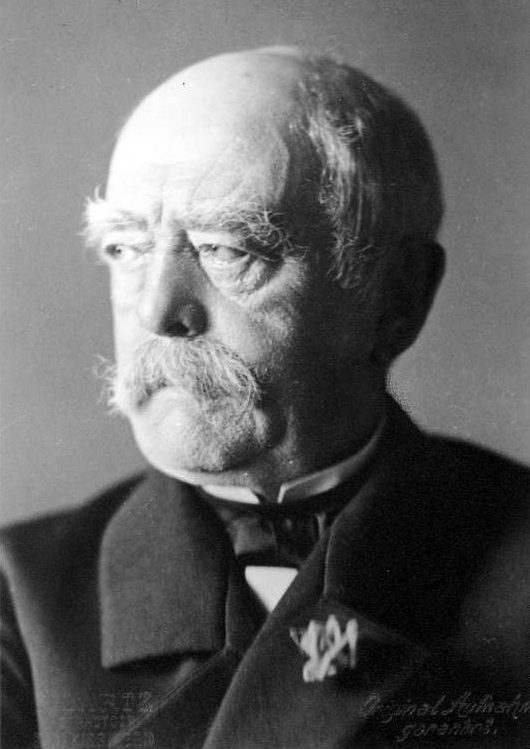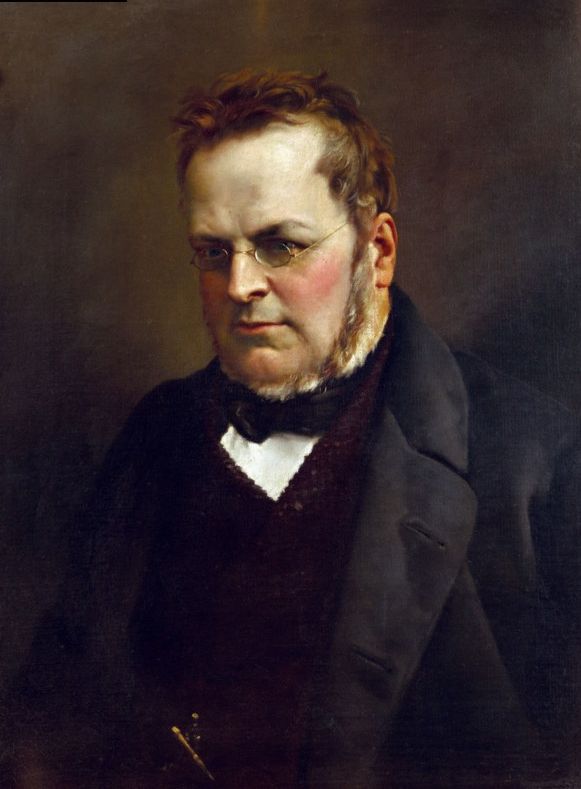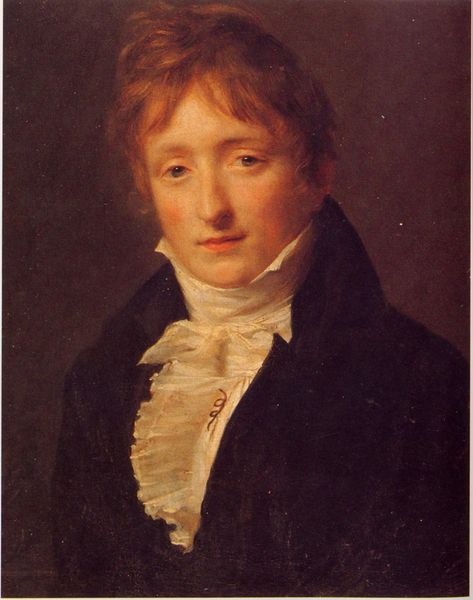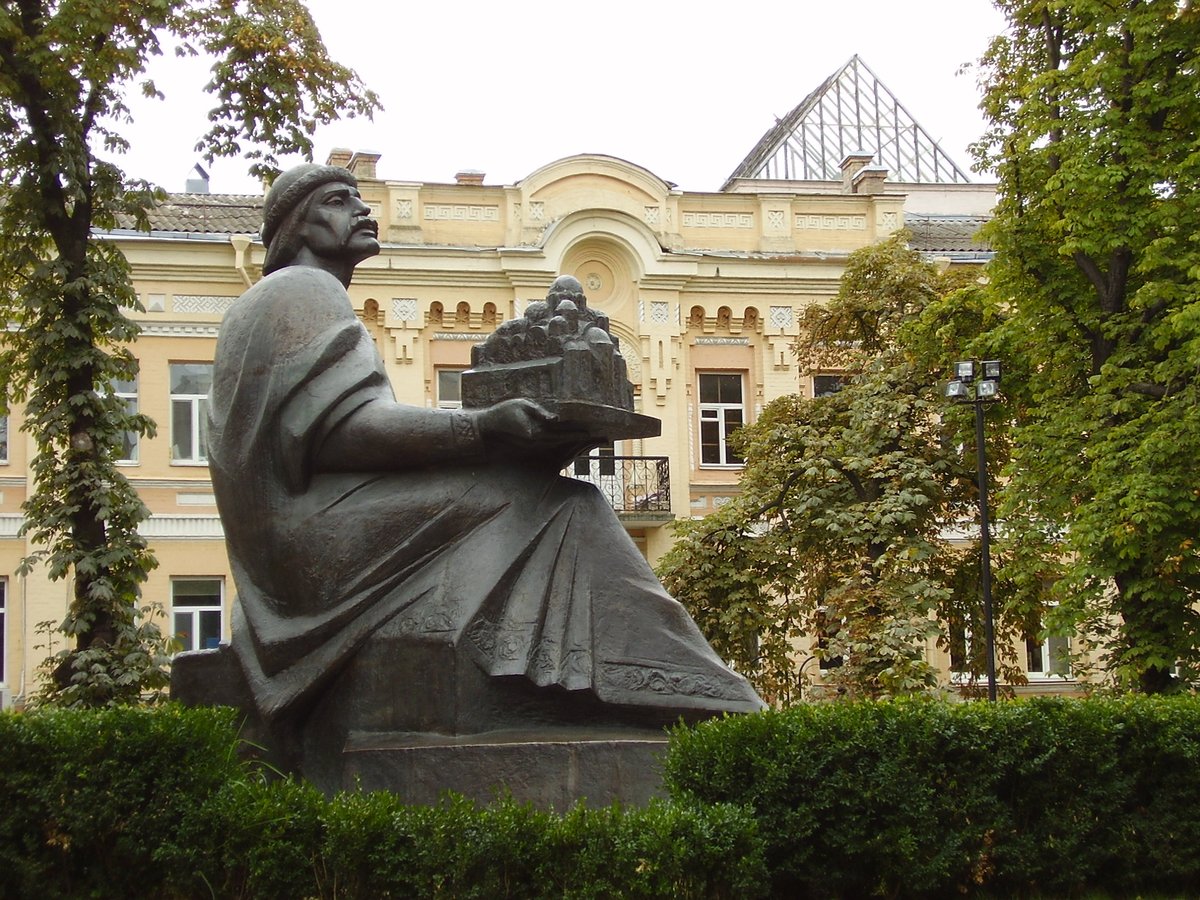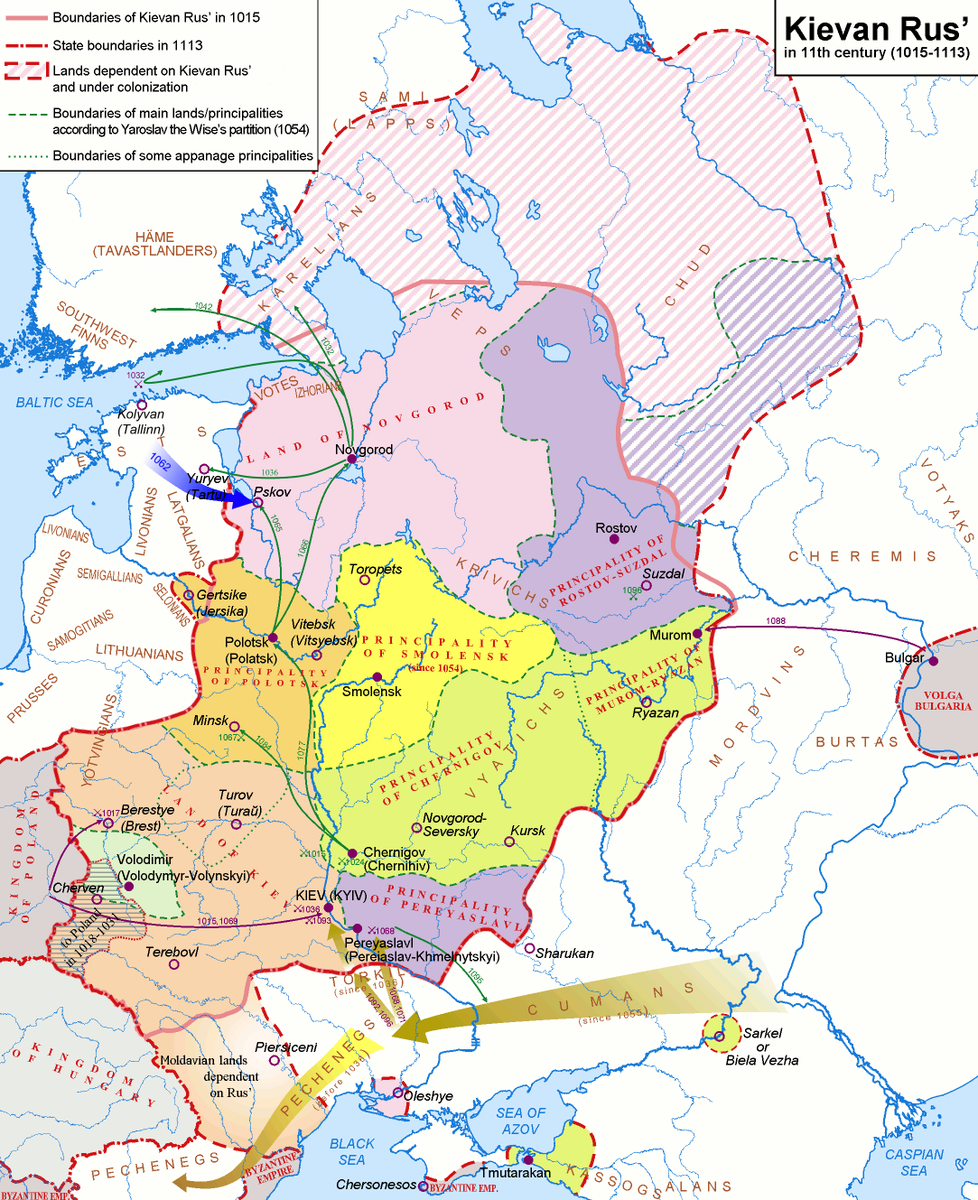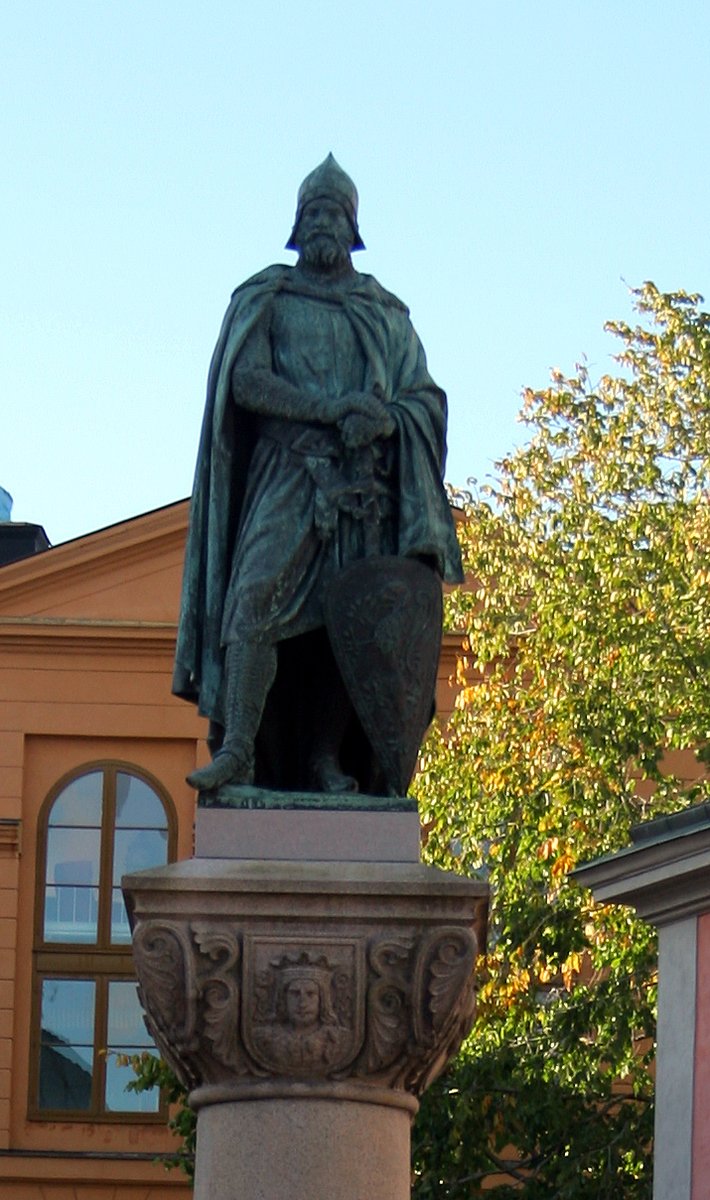There was once a noble who set his sails in conquest of an island in Europe, while his King watched in worry of a new Kingdom next door.
For the noble had the blood of Normans, Rus, French and even the mighty Charlemagne, to be King in his own stead.
Story in the evening ...
For the noble had the blood of Normans, Rus, French and even the mighty Charlemagne, to be King in his own stead.
Story in the evening ...
https://twitter.com/Arby_K/status/1400641124209860614
Richard de Clare was born around 1130 to Gilbert de Clare and Isabel de Beaumont. The de Clares were an influential family in Norman England, descended from Geoffroy de Brionne, an illegitimate son of Duke Richard of Normandy. 1/10 

Gilbert's grandfather, Richard de Brionne, had come with Guillaume of Normandy in 1066 and was rewarded with the Lordship of Clare and Tonbridge. Gilbert was made Earl of Pembroke in 1138 by King Etienne de Blois, though he changed sides on and off during Anarchy. 2/10 

Richard became the Earl of Pembroke in 1148. He appears to have been out of favour with Etienne's successor, Henri d'Anjou, but he got a break when a deposed King came for Henri's help. Diarmait, King of Leinster, had been expelled by Ruaidri, High King of Ireland. 3/10 

Ireland was divided into many Kingdoms at the time, with a High King of Ireland as the nominal overlord. The power of the High King varied, but High King Ruaidri, who was also the King of Connaught, expelled the King of Leinster with local support around 1166. 4/10 

Diarmait went to the English King Henri seeking help. Soon, an English contigent led by Richard de Clare set sail for Leinster to restore King Diarmait to his throne. Richard had promised to help the King, in return for the hand of his daughter, Aoife. 5/10 

By 1170, de Clare had captured Waterford and Dublin. A siege by the Irish to take back Dublin in 1171 failed as well. With Diarmait dying in 1172, King Henri got concerned of Richard de Clare setting up a new Kingdom in Ireland. 6/10 

Richard de Clare was closely related to the French royal family. His maternal grandmother, Isabelle de Vermandois was the granddaughter of King Henri I of France and Anna of Kiev. House of Vermandois was a Carolingian house in the illegitimate line. 7/10 

The English King sailed for Ireland and with the Irish continuing their counter-offensive, Richard de Clare swore fealty to King Henri. de Clare was sent to Normandy later, but had to returned to Leinster soon. This was the first attempt by England to conquer Ireland. 8/10 

In 1185, King Henri handed over the overlordship of the conquered Irish lands to his youngest son, John. John, who was nicknamed Lackland for his lack of inheritance till then, was given the title Lord of Ireland. 9/10 

Richard died in 1176 and his young son, Gilbert, succeeded. Gilbert's death in 1186 led his sister, Isabel, and her husband, William Marshal to gaining the titles. Marshal would also serve as Regent to John's son, Henry, leading England against France at Lincoln in 1217. 10/10 

• • •
Missing some Tweet in this thread? You can try to
force a refresh


